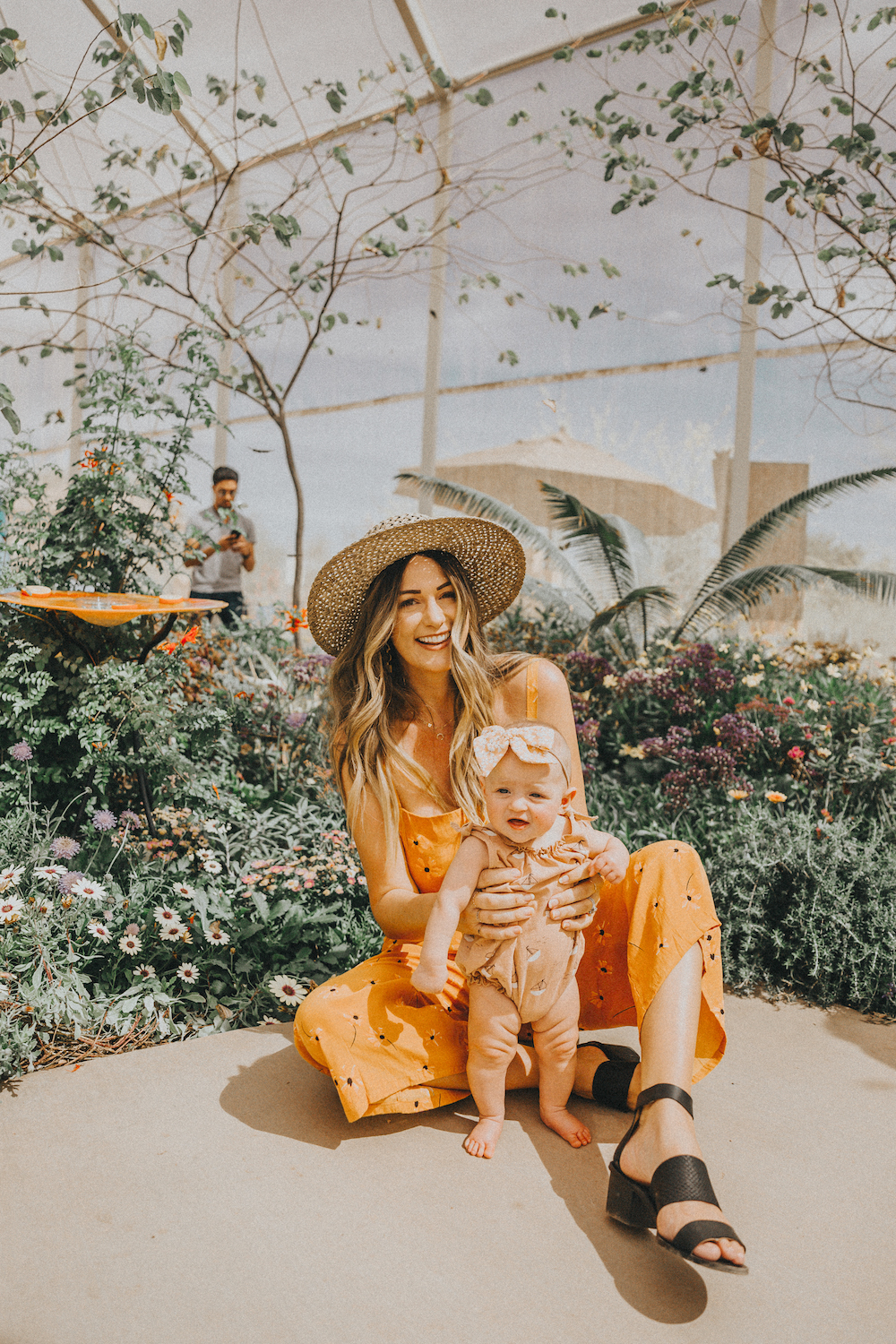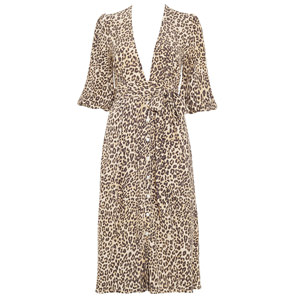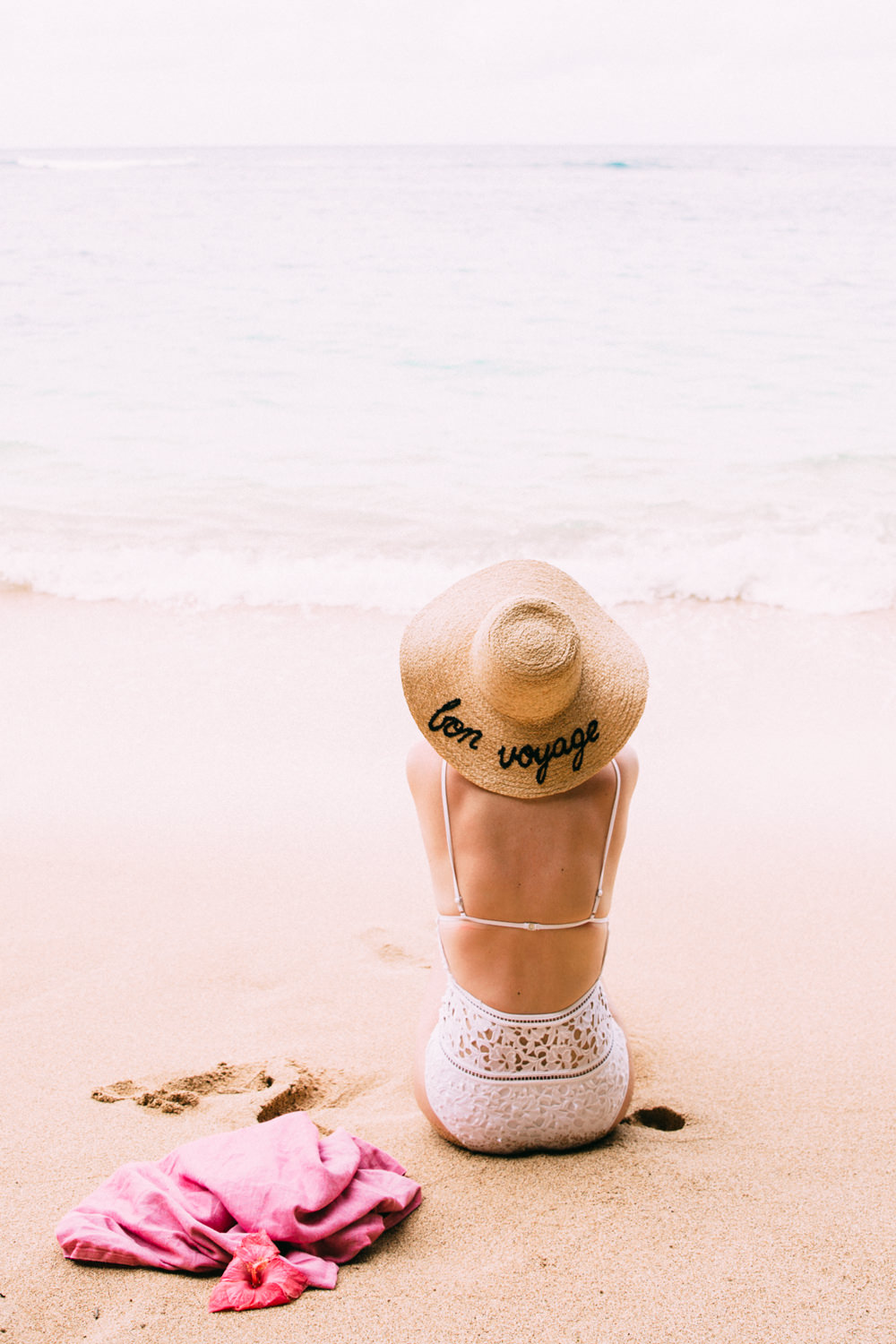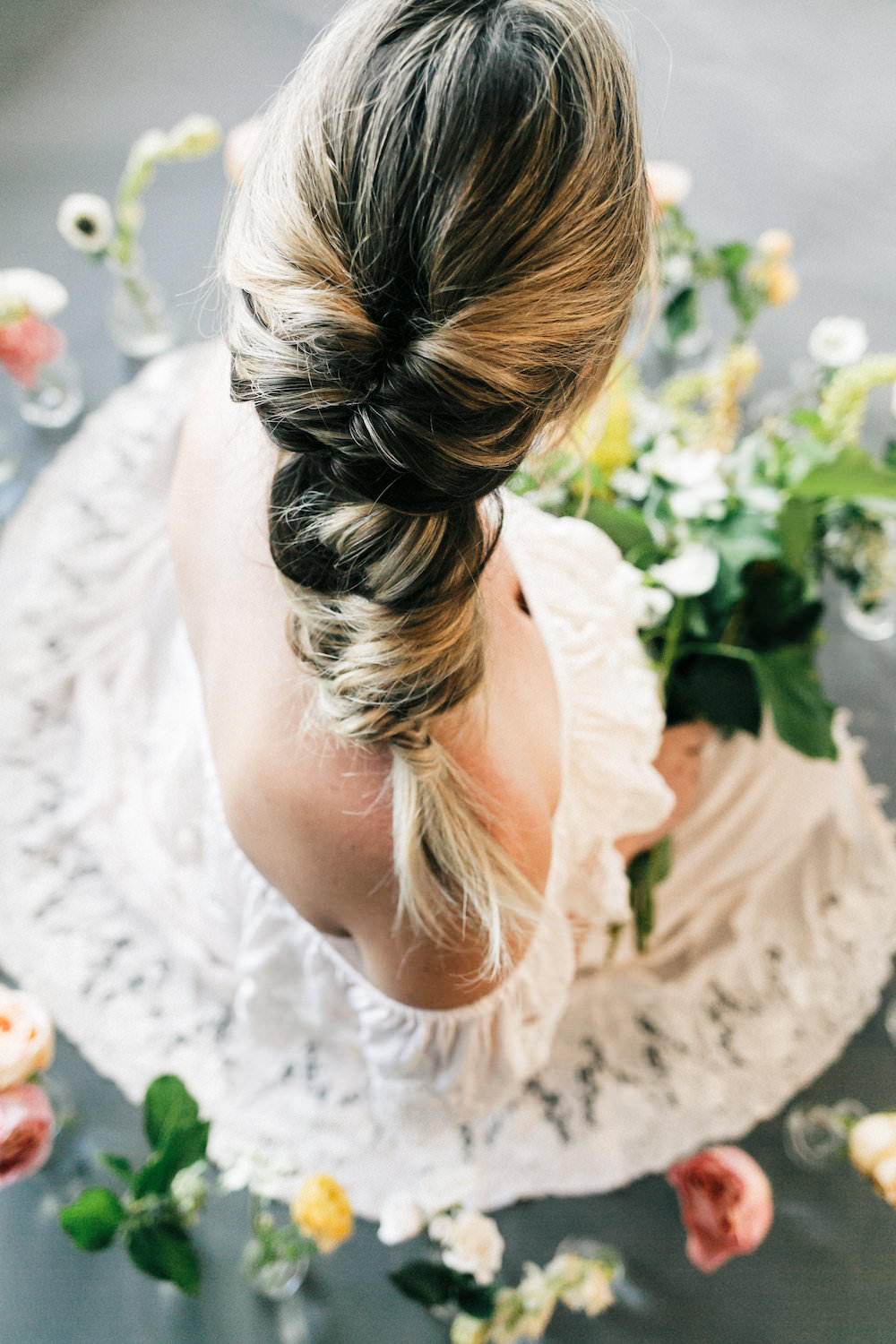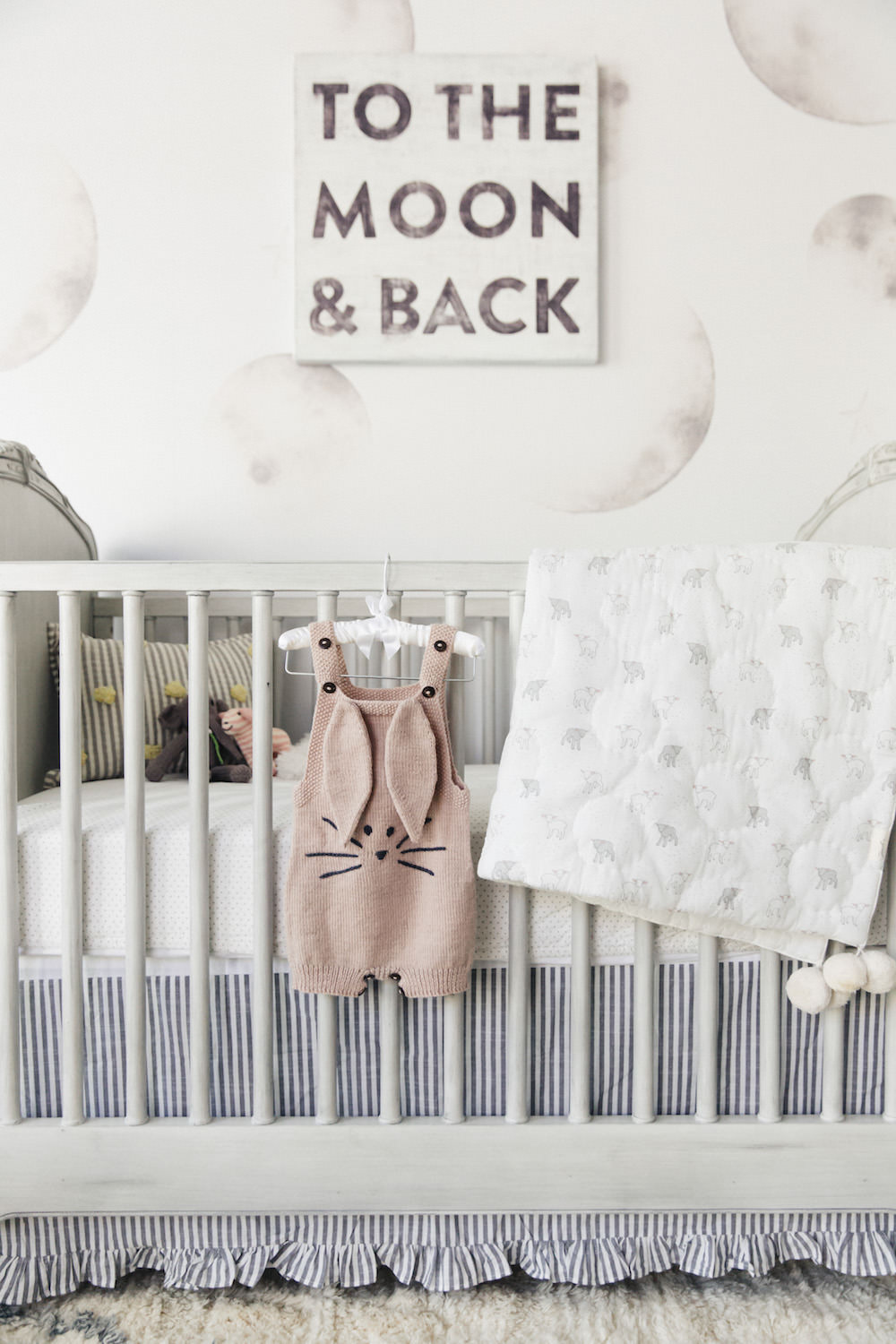We all know the importance of taking care of our skin: with skin cancer rates on the rise and the o-zone layer depleting, the importance of wearing sunscreen couldn’t be more vital. Did you know that more than 2 million Americans develop skin cancer each year? If that’s not reason enough, just think of the anti-aging benefits you will be reaping down the road… to slow the aging process and possibly prevent dark spots? It’s a no-brainer, guys.
But, I have some scary news… 80% of sunscreen products on the market aren’t working. Whoa, wait, rewind… WHAT?!
That’s right, researchers examined 1,700 products and 80% of those on the market offer inferior sun protection or contain worrisome ingredients (yikes). But before you go running back inside to hide under the covers, there are products out there that work, if used correctly, so I thought I would help inform you guys so you can arm yourselves properly this Summer.
This is kind of an important topic for me. Growing up I never really knew the dangers of sun damage. I used to go to Lake Powell with my family and literally put baby oil all over my body to “get a tan.” Of course I only ended up burning and even blistering, year after year. I even managed a tanning salon while in college and used to tan for free, sometimes twice a day. Idiot, right? Thankfully skin cancer doesn’t run in my family, but despite that, both of my parents have experienced a few scares. Sure, you are at risk for skin cancer if there is a family history of the disease, but there are a host of many other factors that put you at risk for skin cancer, including a history of sunburns, fair skin, excessive sun exposure, moles, lesions etc…
So let’s make a pact to all take better care of our skin… and here’s how we can:
First, familiarize yourself with this list of sunscreens that don’t work, and banish them from your beach tote and beauty bag. Brands like Neutrogena, Coppertone, Banana Boat and CVS stand out among the crowd as containing some of the worst products (a bummer).
When buying sunscreen, you should consider the following:
Use a broad spectrum sunscreen.
When buying sunscreen, always make sure it protects against both UVA and UVB rays. UVB rays are those that cause sunburns while UVA rays are those that penetrate deeper causing long-term damage such as skin cancer, wrinkling and sagging. To find a sunscreen with the strongest UVA protection, consider buying European sunscreens because they formulate their products to contain more UVA-fighting chemicals (you can read more about that here).
Stay away from spray sunscreens. Spray sunscreens may contain harmful additives, can easily be inhaled and they don’t cover your skin completely.
Use a sunscreen with at least SPF 15 every day, but at least a SPF 30 when outdoors. Use a broad spectrum sunscreen every day that protects against both UVA + UVB rays with a SPF of at least 15 or higher, even if you’re just going to be in the office all day (the harmful rays can still get to you on your commute, through windows and on your lunch break). But if you’re going to be outdoors for extended periods of time, use a water resistant broad spectrum formula with a SPF of 30 or higher.
Don’t be fooled by sunscreens with high SPF. Anything over SPF 50 provides marginally better sunburn protection than their lower counterparts: properly applied SPF 50 blocks 98% of the sun’s rays while SPF 100 blocks 99%. Thus, don’t be misled by the higher numbers into thinking you can get away with applying less… you can’t.
Look at the ingredients. Does it contain oxybenzone or retinyl palmitate? If the answer is yes, don’t use it. Oxybenzone penetrates the skin and gets into the blood stream and can disrupt your hormones (it has even been linked to causing endometriosis). And retinyl palmitate contains Vitamin A, which makes your skin more sensitive to the sun, triggering damage and possibly cancer.
Know how to properly apply sunscreen. Apply a broad spectrum sunscreen (UVA/UVB protectant) liberally and evenly all over exposed skin at least 30 minutes before sun exposure. Don’t forget spots like the tops of your ears, lips, over your eyebrows, on your neck and any areas that are exposed on your scalp. And note that you should be using about one ounce (a shot glass worth) of product in order to get the full advertised SPF of the sunscreen. Yup, that’s a lot.
Reapply sunscreen at least every two hours. You should be reapplying the one ounce worth of sunscreen at least every two hours, but if you’re sweating a great deal, just went swimming or somehow wiped it off, then reapply that same amount immediately.
Buy the right sunscreens. You can c
heck these helpful lists of approved
,
and
.
And as for me, thankfully I have been using some of the approved products on the lists above (but will be banning quite a few others from my arsenal).
Of the sunscreens approved of by the EWG, here are my my favorites…
My favorite beach/sport sunscreen: EltaMD UV Pure Face and Body Physical Sunscreen, SPF 47. This product has scored well with the Environmental Working Group (EWG) and is a top choice for sun protection… it provides good UVA protection and has a good blaance of UVA protection in relation to the SPF. The ingredients in this product also scored a “low” on the health concern scales. I apply this product all over when heading outdoors for a run, hike or when laying by the pool (I also always wear a hat). Score: 2 out of 10.
My favorite every day sunscreen: SkinCeuticals Physical UV Defense Sunscreen, SPF 30. This product also scored well with the EWG. With a SPF 30, it provides moderate balance of UVA protection in relation to the SPF. I love using this product every day as it goes on smooth under my makeup (I last talked about it here). It’s a little more advanced than traditional sunscreens because it increases essential proteins that increase your skin’s barriers. It also provides all-day hydration so it’s ideal for daily use and those with sensitive or dry skin. Score: 2 out of 10.
My favorite SPF lip balm: Elemental Herbs All Good Alpine Natural Mineral Lip Tint in Pink, SPF 18. The ingredients in this product pose a low health concern, which is important since a lip balm can easily be ingested thanks to its proximity to your mouth and tongue. I also love the slight pink tint so you can stay protected, but will look cute at the same time. Score: 1 out of 10.
Favorite moisturizers with SPF: If you don’t like combining your favorite moisturizer with an every day sunscreen like the SkinCeuticals one I mentioned above, you can kill two birds with one stone and purchase a moisturizer with SPF. There are several that I love that made the cut on EWG’s list of the best moisturizers with SPF, some of which are super affordable too which is awesome.
Cetaphil Daily Facial Moisturizer, SPF 15. Ben uses this moisturizer every morning and loves it, plus it’s under $10. Score: 2 out of 10.
Clinique Even Better Skin Tone Correcting Moisturizer, SPF 20. I have used this product in the past and loved how it brightened my skin. An added bonus is that it will help even your skin tone after about 4-6 weeks. Score: 2 out of 10.
Clinique Moisture Surge CC Cream, SPF 30. I have not used this product before but I love Clinique and CC cream will help diminish any redness your skin may have, so give this product a go if that’s your goal. Score: 2 out of 10.
Dermalogica UltaCalming Super Sensitive Shield, SPF 30. I have not used this particular product either, but I have used a lot of Dermalogica’s products and have been happy with all. This formula is ultra light and is great for those with sensitive skin – it contains oat and botanical extracts that will help minimize any burning or itching the SPF. Score: 2 out of 10.
EltaMD UV Shield Face and Body Sunscreen, SPF 45. I have used this sunscreen and love it. It’s oil-free so it can go on underneath your makeup but it’s thick enough to provide a good SPF coverage. Score: 2 out of 10.
SkinMedica Daily Physical Defesne, SPF 30. I used this product for every morning for two years while in law school in San Diego and I loved it. It was recommended to me by Dr. Fitzpatrick, a world famous dermatologist. Score: 2 out of 10.
SHOP THESE FAVORITES HERE:

Want more ways you can protect yourself and your skin?
Cover up. Wear a sun protective rash guard and pants. Note that the darker or brighter the colors and the tighter the fabric weave, the better protection they provide.
Sit in the shade. Although umbrellas or trees provide very little UV protection, when combined with continual sunscreen application, wearing a hat and covering up, these steps will help protect you from the sun’s harmful rays.
Wear a wide brimmed hat. Skin cancers are typically concentrated on your head, so wear a hat with at least a three-inch wide brim that is angled downwards.
Always wear your sunglasses. Protect your eyes from harmful UV rays by choosing close-fitting sunglasses with wide lenses and a polarized pair will help reduce reflected glares.
*If you want to read more about how to adequately protect your skin, check out these helpful articles here + here.
Anyway, I hope you guys found this article helpful. When I first read about how the majority of the sunscreen in our cabinets were no good, my jaw dropped and I sent an email to all my family members… so I thought I would share with you too. I care about you guys and want you to stay healthy with good skin. So sunscreen up the right way, my friends!
